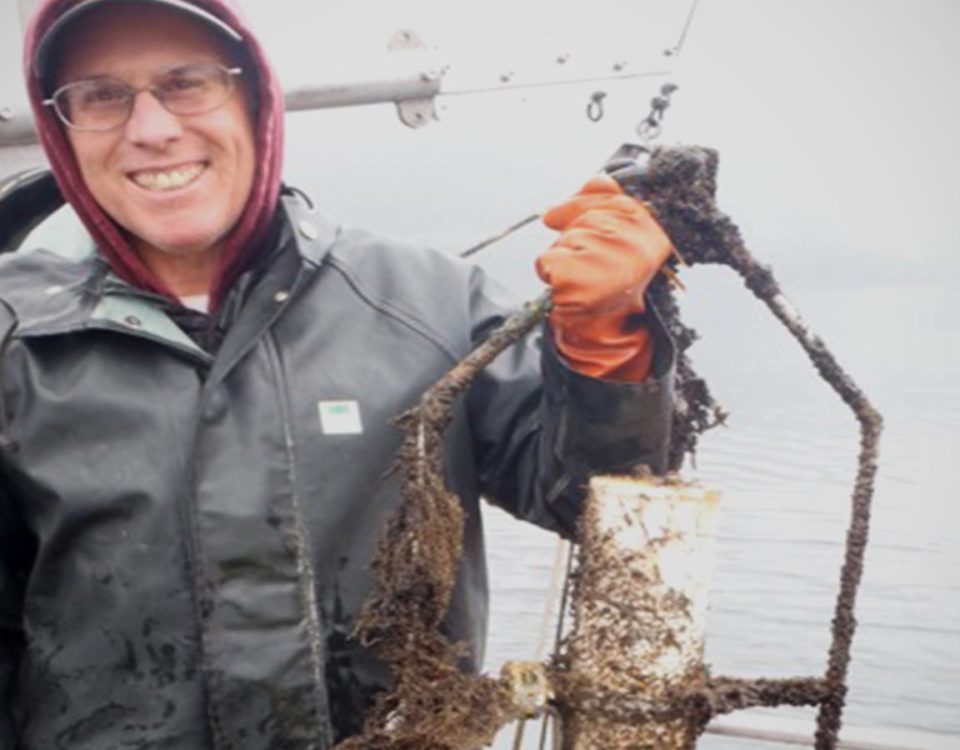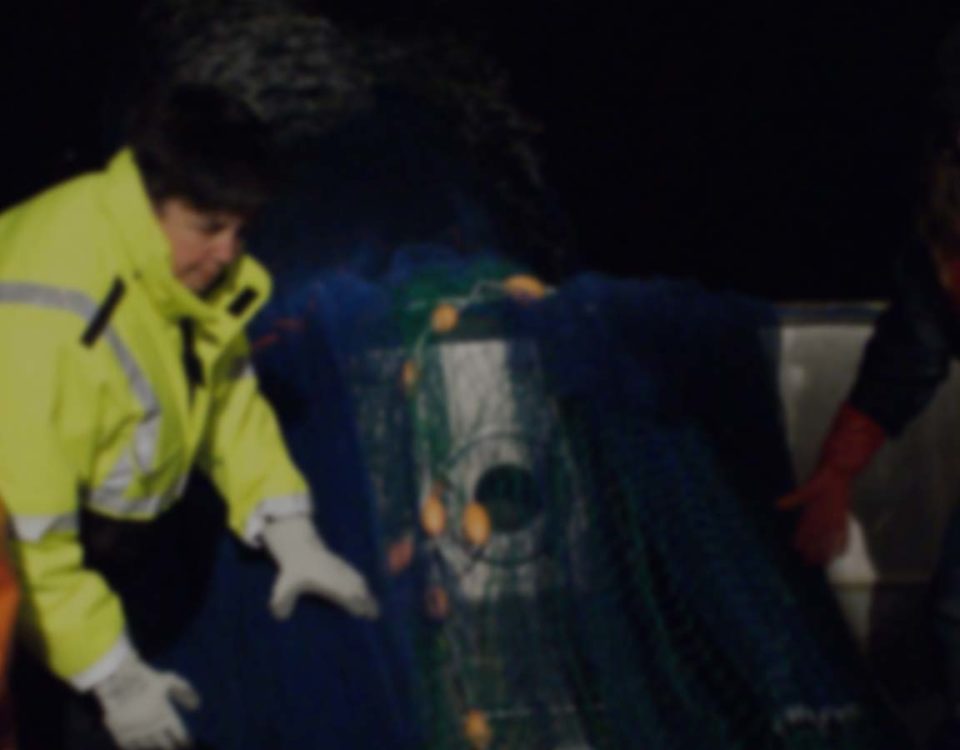COMPARATIVE PERFORMANCE IN MIGRATION AND REPRODUCTION AMONG WILD AND HATCHERY PINK SALMON USING STABLE ISOTOPE ANALYSIS

PROJECT
COMPARATIVE PERFORMANCE IN MIGRATION AND REPRODUCTION AMONG WILD AND HATCHERY PINK SALMON USING STABLE ISOTOPE ANALYSIS
COMPARATIVE PERFORMANCE IN MIGRATION AND REPRODUCTION AMONG WILD AND HATCHERY PINK SALMON USING STABLE ISOTOPE ANALYSIS
Background
This project is a one season pilot study that will test the null hypothesis that hatchery-origin Pink Salmon (Oncorhynchus gorbuscha) are similar in their at-sea foraging strategies to their wild conspecifics in Prince William Sound (PWS), Alaska, based on tissue-specific carbon and nitrogen stable isotope (SI) values (d13C and d15N) and therefore similar in their migratory timing, body condition, and spawning performance. Our work is motivated by ongoing studies of interactions among PWS wild and hatchery Pink Salmon by Alaska Department of Fish & Game that are focused on quantifying fractions of hatchery fish on spawning streams and understanding possible impacts hatchery spawning has on the survival of wild offspring. Our project adds a mechanistic perspective to the current work by considering at-sea foraging determinants of performance in migration and reproduction that might shape individual fitness. The at-sea life histories of Pacific salmon are not well understood and few studies have used SI techniques to test ideas about within-species variation in foraging and relationships with performance factors. We expect this project to advance our general knowledge of salmon oceanic ecology, but also hold relevance to management within the context of ocean-climate variability and impacts to Pink Salmon foraging and performance as these important issues are key to both ecotypes.
PRINCIPAL INVESTIGATOR
Kristen B. Gorman, PhD
Prince William Sound Science Center
907-424-5800, x239
http://orcid.org/0000-0002-0258-9264
kgorman@pwssc.org
PROJECT TEAM
Ben AmericusSarah Hoepfner (student intern from Humboldt State University)
Kirsti Jurica
Albina Kanzeparova (visiting researcher from Russia)
Julia McMahon
Chrissy Skorkowsky
COLLABORATORS
Pete Rand and Eric Knudsen (PWSSC)Joy Matthews (University of California, Davis Stable Isotope Facility)
RESEARCH PERIOD
2016-2017




